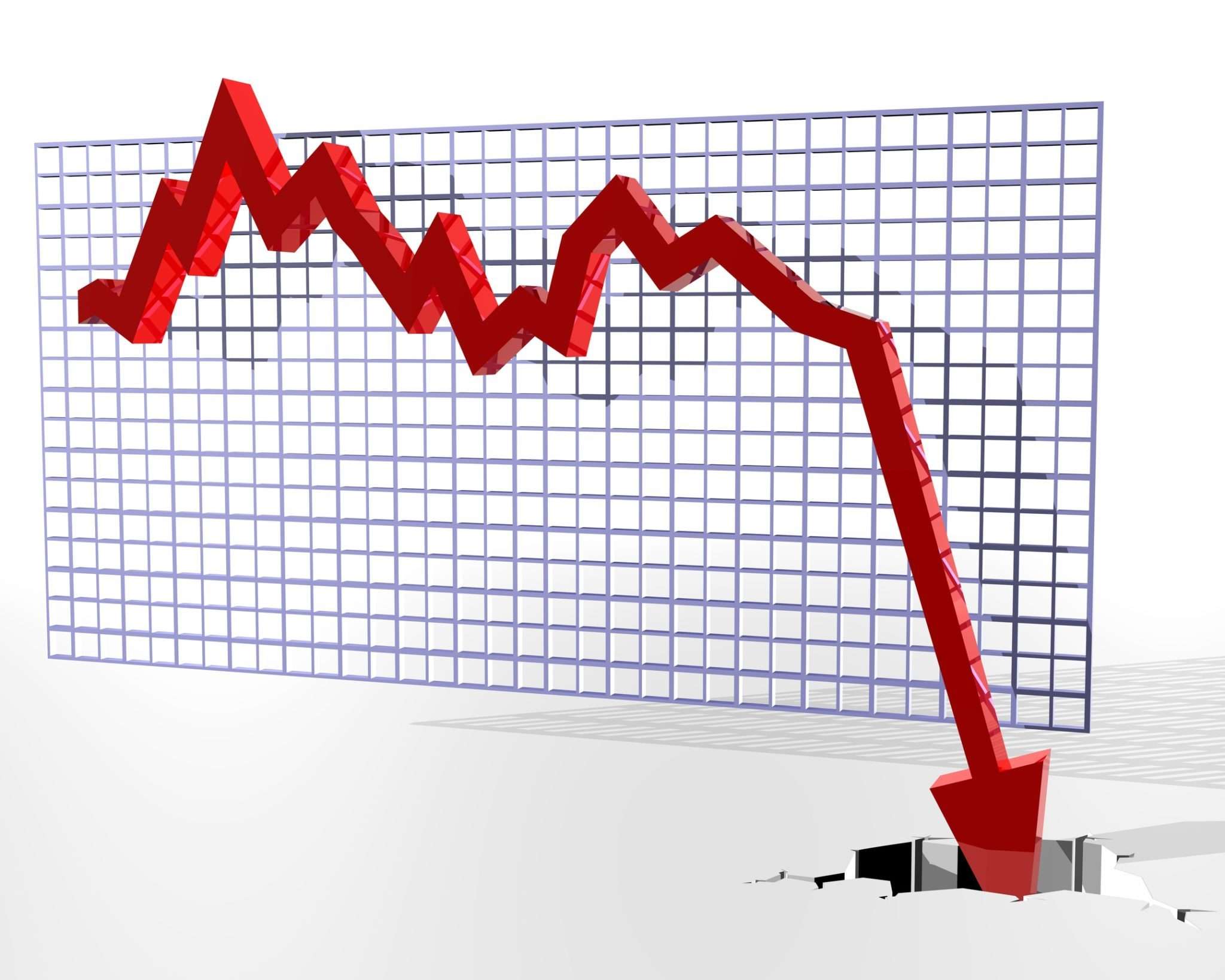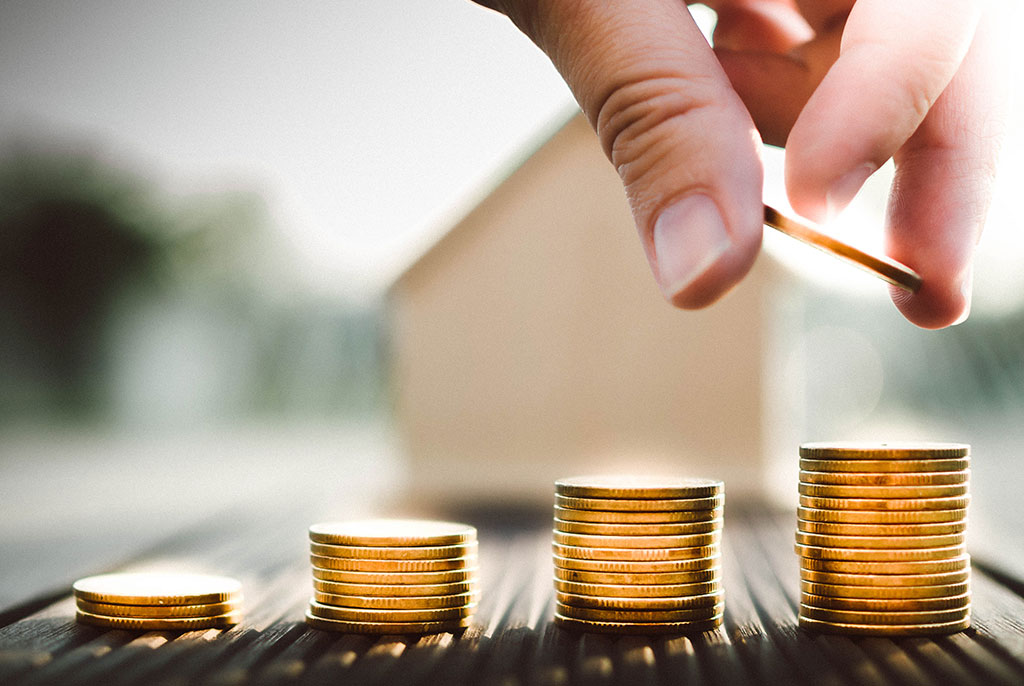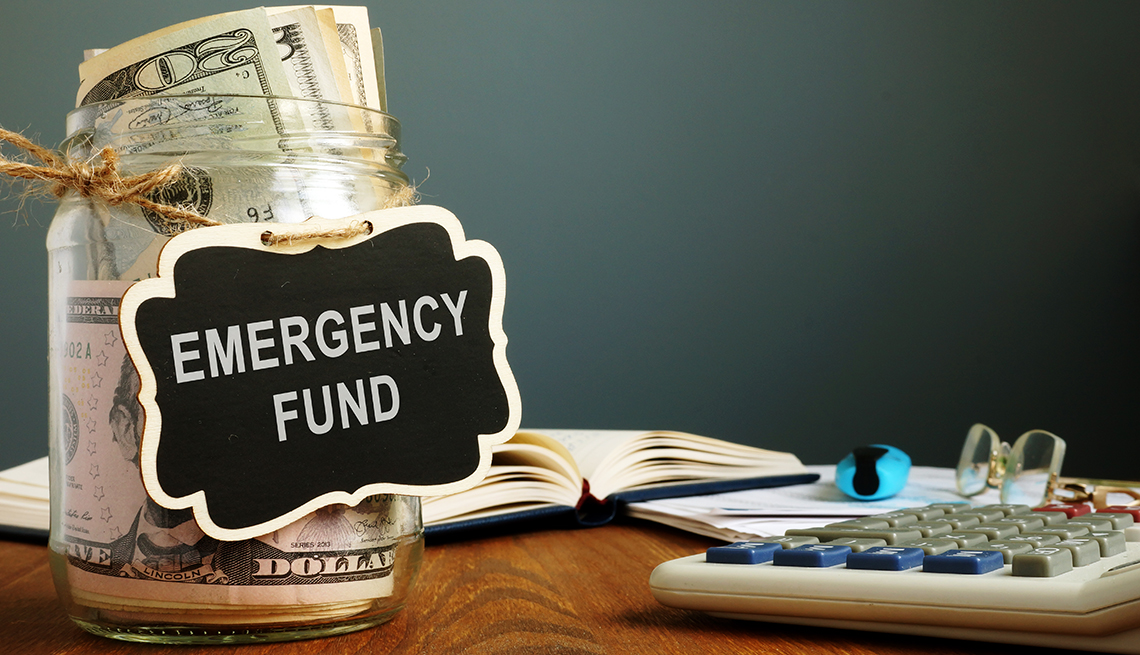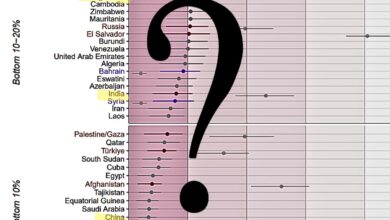Can the Indian economy sustain a world recession?

The world’s economic recovery could be halted by COVID-19, a war in Europe, and the Shanghai shutdown. Everyone had high hopes that 2022 would be the year of recovery when the world economy would awaken from its COVID-19 coma and begin to stutter along the path to normalcy.
There were glimmering hopes that we might have put the disease behind us when we recovered from Omicron. That momentary burst of optimism now seems ill-timed.
Unprecedented inflation has gripped the Indian economy. The annual inflation rate in India rose to 6.95% in March 2022, the highest level since October 2020, according to official figures. Similarly, the wholesale pricing index reached its second-highest level in March 2012 (14.5%).
The sad fact is that things could not be worse. To begin with, COVID-19 is still present. Then there is the Russia-Ukraine conflict, which has been going on for 77 days and has no sign of ending. And if that weren’t enough, Shanghai, China’s largest industrial metropolis, is still under a protracted lockdown, which might cause supply disruptions that derail the world economy.
It is clear that India’s economy is facing two challenges since the present spike in inflation as a result of the sharp increase in the price of commodities throughout the world, including crude oil (which rose to 83.56 percent in March from 55.17 percent in February).
Some of the necessities now cost more to import as a result. In addition, there has been a disruption in the global supply chain as a result of the conflict between Russia and Ukraine. Notably, imports provide India with 85% of its oil needs.
Let’s start with COVID-19. Epidemiologists casually mentioned herd immunity when the epidemic started in early 2020. According to conventional wisdom after suffering through the Delta and Omicron waves, herd immunity doesn’t apply to COVID-19.
One person I know has experienced the disease three times, and I am one of many who have experienced it twice. Partying for “revenge” may be a little too soon. Should we stay indoors and never leave the house? We can’t live in seclusion forever.
What is the medical conclusion? Although Omicron is milder than the typical flu, we cannot treat it that way. In addition to everything else, long-term COVID side effects exist, according to one epidemiologist.

Medical science continues to enhance COVID-19 treatment. We won’t be able to predict when a fresh epidemic would slow the economy or bring it to a juddering halt until there is a finding that truly makes the virus similar to the common flu. Even the biggest organizations need to prepare for such unforeseen events.
Now consider Russia and Ukraine, which, for the majority of Indians, were essentially Areas of Ignorance until recently. When a reactor at the Chernobyl nuclear power facility detonated in 1986, that was the last time our eyes strayed there. Everyone anticipated that Russian tanks would soon be rolling through Kyiv’s streets when Moscow launched its “special operation” against Ukraine in February and that Volodymyr Zelenskyy.
As Europe grapples with the painful fact that sanctions may damage the sanctioning countries as much as they hurt the sanctioned, the Russians appear to have settled into waging a grueling war against Ukraine.

Additionally, the Ukraine-Russian conflict has reduced the availability of edible oil, driving up its price. Indonesia, the top exporter of palm oil in the world, changed its export strategy in response to Ukrainian pressure on supplies of sunflower oil. In reaction to a shortage of cooking oil following Russia’s invasion of Ukraine, Indonesia surprised everyone by placing a ban on exports. As a result, imports of palm oil have decreased.
Even while inflation is still high, the administration acknowledges that the current geopolitical environment and skyrocketing prices may hold down growth. Ironically, this is taking place while the global economy works to recover from the coronavirus pandemic’s downturn and (is) progressively attempting to accelerate growth.
The Indian kitchens specifically took the brunt of the price increase. In addition to the price of fuel edible oil, domestic cooking gas prices recently increased sharply. Price increases on practically all necessities during the past few months have put a strain on household budgets for the average person, prompting many of them to make budget cuts. The high cost of transportation has also increased as a result of the high cost of fuel.
India’s central bank, the RBI, has increased the repo rate by 40 basis points to 4.4 percent as part of its anti-inflationary policies for the first time since 2018. To help the economy avoid the risks of the COVID epidemic, the RBI last lowered rates in March 2020.

In light of a worldwide economic slump, it is significant that the central bank raised interest rates to regulate and keep an eye on the flow of money into the banking system. The RBI thinks that inflation needs to be under control for the Indian economy to continue on its path toward equitable and sustainable development.
As a result of the increase in interest rates repo rate, bank loan EMIs will increase and have an impact on the consumer’s finances since he will be required to pay more each month than he could have saved or invested and profited from.
Consequently, sensible investing choices must be made. A customer must select investment instruments that produce returns higher than the rate of inflation to combat negative growth.
Inflationary pressures are being caused by supply chain disruptions all across the world. The rise in the cost of labor, energy, and transportation is a factor in the global inflation that is affecting complex policy issues. Due to the interconnections of the world’s supply systems, when one is interrupted price increases, others frequently follow. The cost of labour, energy, and transportation is rising globally, which is adding to inflation.

Uncertainty exists as a result of the Omicron wave and the Ukraine situation. As a result, supply problems might persist longer and possibly continue beyond 2023. Supply chains are changing as businesses negotiate a volatile economic environment.
The adoption of 5G to improve connection is the main driver of this optimism, which is the common perception that global trade may increase. This optimism is mostly due to the development of technology to address supply chain difficulties. Automation and digitization can help improve trade efficiency by streamlining processes.
Due to its consumer-driven economy, India’s growth and resource availability may be impacted by excessive inflation. The nation must therefore work toward a growth trajectory.
The impact on food grain inflation is projected to subside due to bumper food crop production in the rabi and Kharif seasons of 2021–2022. To reduce the demand for imports, it is also necessary to enhance the domestic production of edible oil.
Regarding supply chain interruptions, it is necessary to consider either producing the components domestically or near-shoring supply hubs. To maintain growth, it is crucial to create jobs and address the opportunities and difficulties presented by the climate catastrophe.
Significant potential for the nation is provided by agriculture. To counteract any potential obstacles, it is wise to concentrate on raising farmer incomes and expanding the nation’s agricultural exports.

Although internal issues can be reduced, external pressures must be the main concern. Investments will be stimulated by major government initiatives like GatiShakti and Production Linked Incentive Schemes, which will counteract potential economic headwinds.
India has been concentrating on expanding its petroleum basket across West Asia, Africa, and North and South America to assure the security of crude supplies and to reduce the risk of dependence on oil imports from a single region.
Chinese businesses expanding
Interestingly, a separate attack could be coming at Western businesses. Chinese businesses are stepping in where Western businesses have left Russia. After Danish and Italian businesses backed out of two projects, a new Chinese-Russian joint venture called Ural Wind Architects was just established. In a similar vein, two Chinese oil companies are in talks to acquire Shell’s interest in the Sakhalin-2 oil field in Russia.
In any case, it appears that Europe will have to get by without Russian gas and oil in the upcoming months. Germany’s economy is already suffering, as growth estimates have been revised downward from 4.6% to 1.8%. Even worse, German inflation is currently at a four-decade high of just around 8%.

Keep in mind that Germany is extremely concerned about inflation (it was the country that endured hyperinflation in 1922-23 when it took a trillion marks to buy a loaf of bread). The rest of the European Union is being pulled by Germany like a locomotive; as Germany’s economy slows, so does the EU.
The Reserve Bank of India and other central banks are all raising interest rates, and more tightening is to come as a result of the worldwide phenomena of inflation. The depreciating rupee will increase the cost of all imports, beginning with crude oil, coal, steel, cement, and other goods. Prices for everything from essentials to fancy items will inevitably increase.
The Indonesians have already prohibited the export of edible oil, which we want in huge numbers. In addition, the price of pulses is rising, partly due to the conflict between Russia and Ukraine. Additionally, as consumers cut down on discretionary spending, tax revenues decline, placing the government in a tighter-than-ever financial bind with less money to spend on important initiatives.
Globally, the situation is the same. The Bank of England had to raise interest rates four times due to the UK’s inflation rate of 7%. The Fed has sprung into action and begun an aggressive rate-raising phase in the US as well, where inflation is also reaching four-decade highs.

However, everyone in India and outside is concerned that hiking interest rates may not have much of an influence in reducing imported inflation brought on by commodities like coal and oil.
If all of this weren’t enough to impede growth, Chinese leader Xi Jinping is also adamant about maintaining the success of his Zero-COVID plan, no matter the cost to the economy. As a result, Shanghai is under an increasingly stringent lockdown where even delivery workers are being kept off the streets, and inhabitants who are confined to their homes are dependent on government food.
The second-largest port in the world, Shanghai, has ships waiting outside to load anything from computers, laptops, and tablets to automobile and white goods parts.
The CEO of Mercedes Benz India has publicly said that he does not have enough vehicles to match the high demand. On another level, manufacturers like Maruti and Hero claim there is not enough demand for their entry-level cars, implying that customers in such markets are delaying purchases because of concerns about their finances.
Discretionary expenditure will suffer when you factor in declining stock prices for the wealthier people.
Up until this point, it looked like a good idea to outsource production to China because it was cheaper, but now it’s becoming obvious that this was a bad idea. China has taken over as the world’s factory during the past 30 years, leaving nothing in the West. Consider the industry of shipbuilding. The top 10 shipyards in the world are located in China and South Korea.
Now that China is under martial law, it is affecting global supply chains and causing shortages everywhere. When Shanghai will receive Xi’s approval to open up is unknown. Our own experience has shown us that a lock down lasting two to three weeks does not completely eradicate COVID-19, and Omicron is particularly quickly spreading.
Can India evade a global slowdown’s effects? In both 1999 and 2008, we largely escaped unharmed. However, as the world has become more intertwined with us, it is difficult to see us escape the numerous blows that are affecting various parts of the world.
Edited by Prakriti Arora




